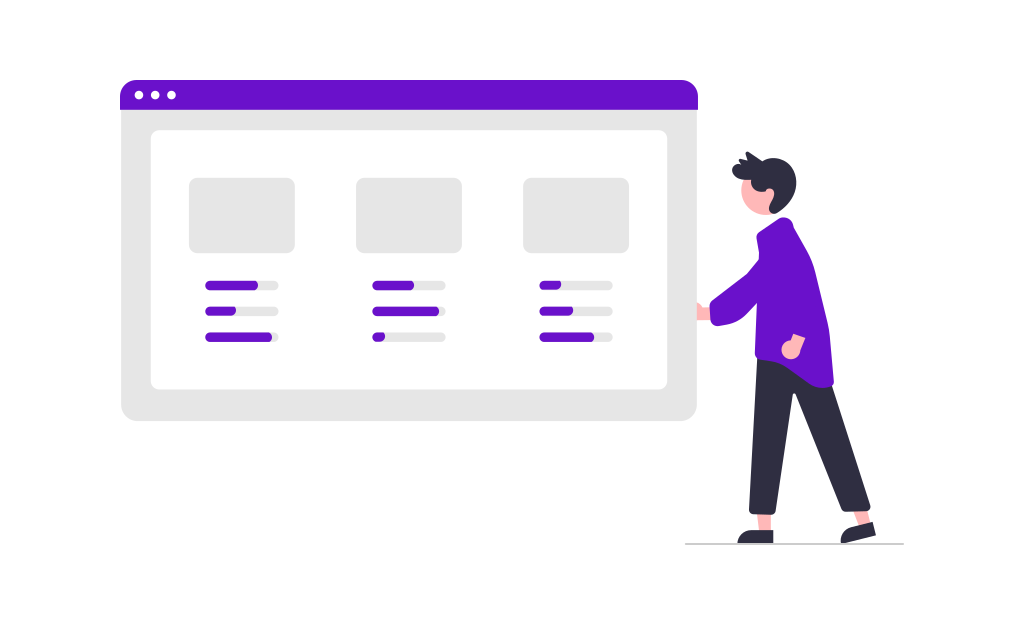In the SaaS industry, efficiently converting Sales Qualified Leads (SQLs) into paying customers is crucial for maintaining growth and achieving revenue goals. Account-Based Marketing (ABM) offers a strategic approach to optimize this transition by focusing on high-value accounts and delivering personalized experiences. Here, we explore advanced ABM strategies to enhance SQL to customer conversions for SaaS companies.
Understanding the SQL to Customer Journey
The journey from SQL to customer involves several critical stages:
- Qualification: Ensuring the lead has a strong fit with your product.
- Engagement: Deepening the relationship through personalized content and interactions.
- Conversion: Closing the deal with a tailored approach that meets the lead’s specific needs.
Strategies to Enhance SQL to Customer Transitions
1. Deep Account Research
Why it Matters: Understanding your target accounts in-depth allows for more personalized and relevant engagements.
Action Steps:
- Use tools like LinkedIn, ZoomInfo, and your CRM to gather comprehensive information about each SQL.
- Identify key stakeholders, their pain points, and the decision-making process within the account.
- Develop detailed account profiles to guide your engagement strategies.
2. Personalized Content and Messaging
Why it Matters: Personalized content resonates more effectively with your leads, increasing the likelihood of conversion.
Action Steps:
- Leverage AI-powered tools to create customized proposals and presentations.
- Tailor your content to address the specific challenges and goals of each account.
- Use dynamic content on your website and in your email campaigns to ensure relevance at every touchpoint.
3. Multi-Touchpoint Engagement
Why it Matters: Engaging SQLs through multiple channels ensures consistent communication and reinforces your value proposition.
Action Steps:
- Implement a multi-channel approach including email, social media, direct mail, and personalized landing pages.
- Use marketing automation platforms like HubSpot or Marketo to orchestrate these engagements seamlessly.
- Track interactions across all channels to maintain a unified view of the account’s journey.
4. Sales and Marketing Alignment
Why it Matters: A cohesive strategy between sales and marketing ensures that SQLs receive consistent messaging and a smooth transition through the funnel.
Action Steps:
- Conduct regular alignment meetings to discuss lead status, feedback, and strategy adjustments.
- Develop a shared lead scoring system to prioritize high-potential SQLs.
- Use collaborative tools to maintain transparency and coordination between teams.
5. Data-Driven Insights and Analytics
Why it Matters: Leveraging data helps you understand lead behavior and optimize your strategies for better conversions.
Action Steps:
- Use analytics tools to track engagement metrics such as email opens, content downloads, and website visits.
- Analyze this data to identify patterns and opportunities for improvement.
- Implement A/B testing to refine your messaging and content based on performance insights.
6. Strategic Account-Based Advertising
Why it Matters: Targeted advertising keeps your brand top-of-mind for decision-makers and supports your overall ABM strategy.
Action Steps:
- Use platforms like LinkedIn Ads and Google Ads for precise targeting of your SQLs.
- Create retargeting campaigns to engage leads who have shown interest but haven’t yet converted.
- Monitor ad performance and adjust your strategy to maximize ROI.
7. Leveraging AI and Automation
Why it Matters: AI and automation streamline your processes, allowing for more efficient and effective lead nurturing.
Action Steps:
- Use AI-driven tools to automate routine tasks such as follow-up emails and lead scoring.
- Implement chatbots on your website to engage visitors in real-time and capture more leads.
- Employ predictive analytics to identify which SQLs are most likely to convert and focus your efforts accordingly.
8. Tailored Sales Outreach
Why it Matters: Personalized outreach by your sales team can significantly influence the conversion decision.
Action Steps:
- Equip your sales reps with detailed account insights to personalize their outreach.
- Develop custom sales decks and proposals that speak directly to the account’s needs and goals.
- Schedule strategic touchpoints such as demos, trials, and follow-up calls to maintain engagement.
Conclusion
Converting SQLs to customers in a SaaS ABM funnel requires a strategic, data-driven approach that emphasizes personalization and multi-channel engagement. By implementing these advanced ABM strategies, SaaS companies can improve conversion rates, shorten sales cycles, and ultimately boost revenue growth.


